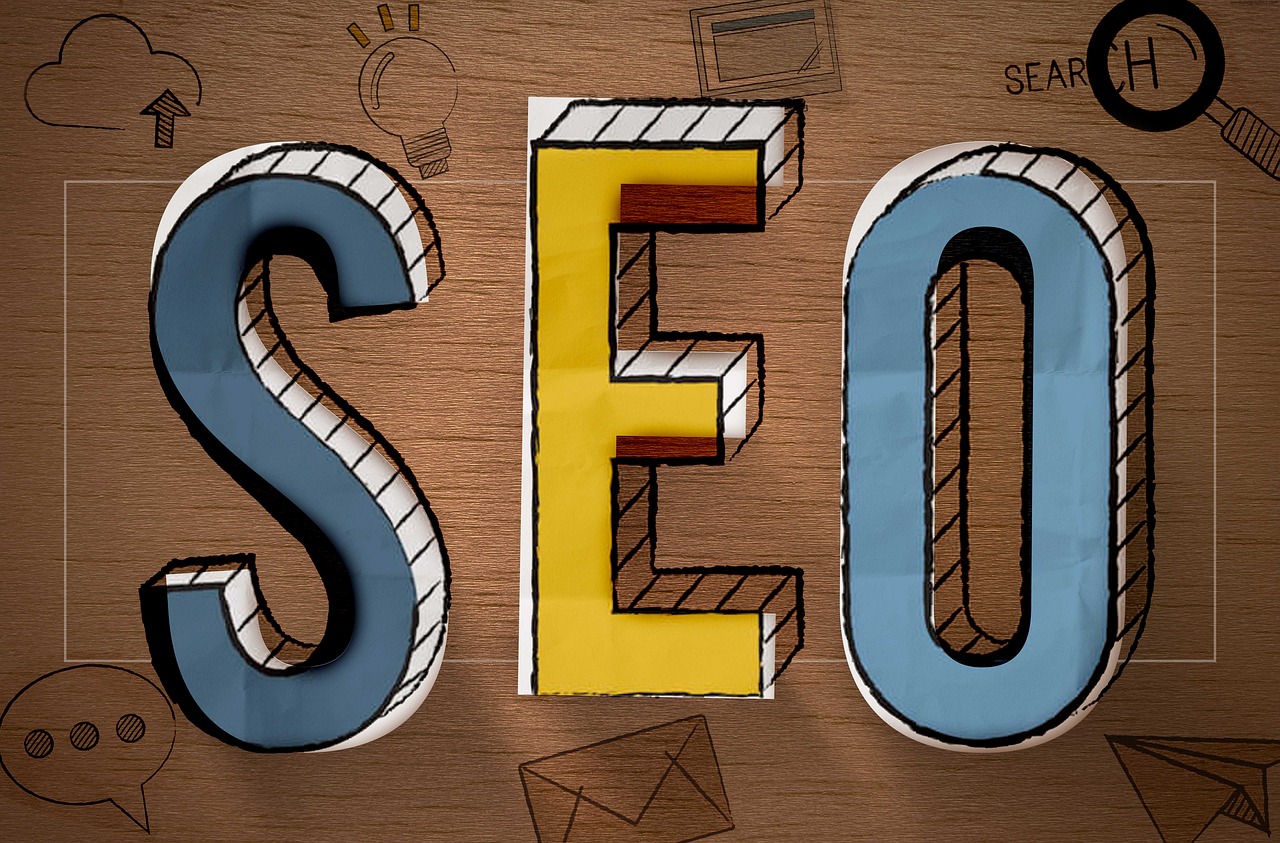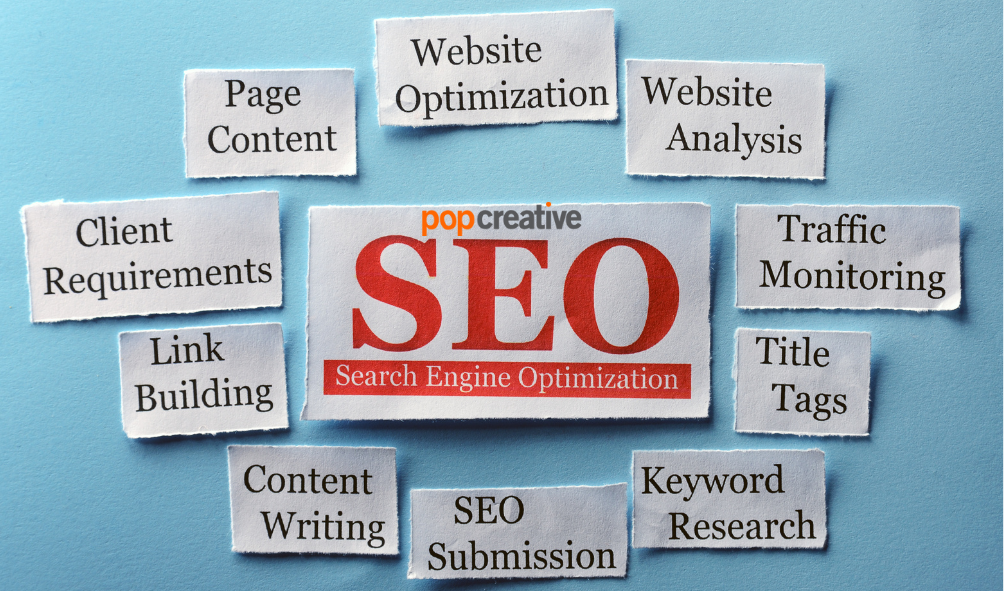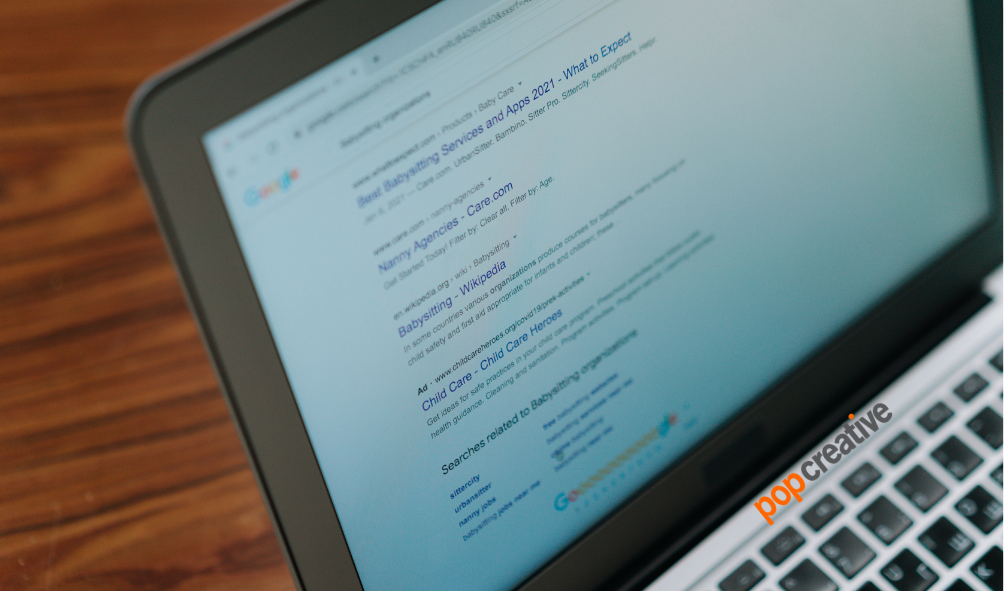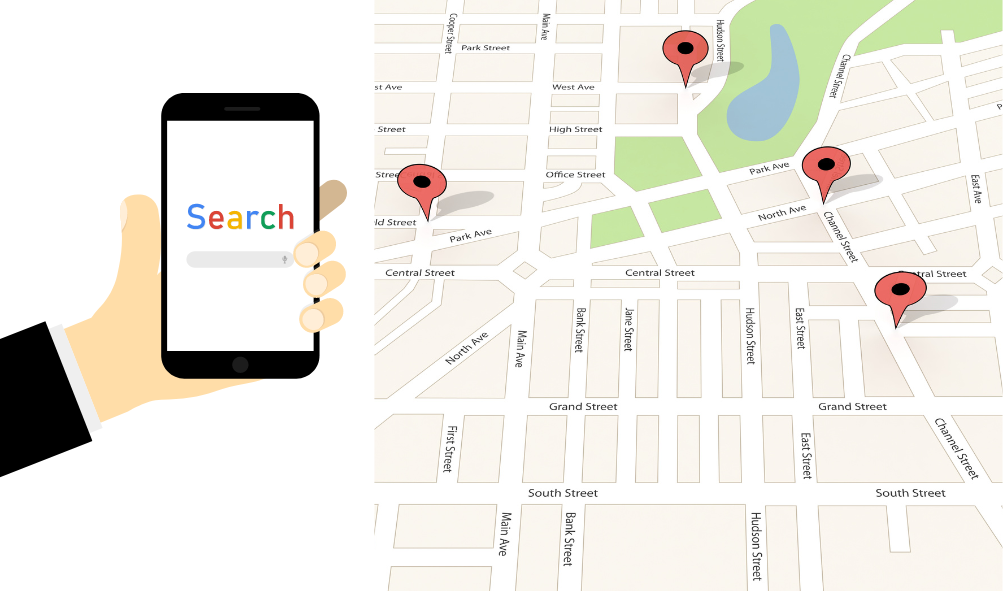As a business owner or entrepreneur, having an effective website is essential to reaching your audience and achieving your goals. However, designing a high-quality, user-friendly website requires careful planning and effort. You need to consider elements like visual design, content, user experience, and functionality to build a site that truly works. By following key principles of effective web design, you can develop an online presence that engages visitors, fosters trust in your brand and ultimately drives conversions and success. With some time and practice, you’ll be designing websites that work.
Elements of an Effective Web Design
To create an effective web design, there are several key elements you must consider:
A clean, minimal layout
A cluttered site frustrates users and makes navigation difficult. Focus on simplicity and ease of use. Group related content and eliminate unnecessary elements.
A logical site structure with clear navigation
Organize your site in a logical way that makes sense to users. Provide obvious navigation that allows easy movement between sections. Use simple headers, menus, and links that guide users through the content.
High-quality, relevant content
The content is the reason visitors come to your site, so make it count. Use an active voice, vary sentence structure, and check for proper grammar and spelling. Include keywords for search engine optimization, but do not overstuff. Keep content up-to-date and focused on your key message or product.
Striking but cohesive visuals
Images and multimedia make a site more engaging but use them purposefully. Choose high-quality, relevant visuals that match your brand and site theme. Use alt text for accessibility and SEO. Limit the use of stock photos.
A fast-loading, mobile-friendly interface
Optimize load times through compressed images and limited redirects. Use a responsive design so your site displays well on all devices. This provides a good user experience and is important for search ranking.
By focusing on these fundamentals of effective web design, you can build an intuitive, user-friendly website that achieves your business goals. With some work, you will have a platform to effectively engage your target audience.
Optimizing Website Layout and Navigation
To create an effective web design, you must optimize both the layout and navigation of your website.
Layout
The layout refers to how elements like text, images, and white space are arranged on the page. An intuitive layout draws the user’s attention to important content and guides them through the information in a logical flow. Some tips for optimizing your layout:
- Group related elements together. For example, keep all contact information in one area of the page.
- Use headings, bullets, and numbering to break up long blocks of text and make the content easy to navigate.
- Include visuals like high-quality images, graphics, and videos. They add visual interest and help convey information in a concise manner. However, do not overcrowd the page, as too many visuals can seem cluttered and distracting.
- Leave adequate white space. Do not cram too much content onto one page. White space helps create a balanced, uncluttered look and makes the page inviting and scannable.
Navigation
Effective navigation allows users to easily move between the different pages and sections of your site. Some pointers for optimizing your navigation:
- Include a simple and consistent navigation menu on all pages. The options should link to your most important content.
- Use descriptive page titles, headings, and menu options. They should clearly indicate what information the user will find on that page.
- Minimize the number of clicks required to navigate to key content. The ideal path is three clicks or less.
- Provide secondary navigation options like breadcrumbs, links, and site maps to offer users alternate routes to content.
- Ensure all links work and lead to the appropriate destination. Broken links frustrate users and reflect poorly on your site’s credibility.
With an intuitive layout and navigation, your website will be primed to effectively communicate your key messages and provide an enjoyable user experience. Optimize these elements, and your design will work.
Choosing the Right Colors, Fonts, and Imagery
To create an effective web design, choosing the right colors, fonts, and imagery is key. These elements work together to achieve your desired look and feel, as well as evoke the appropriate emotions in visitors.
Colors
Colors have a significant psychological impact and are one of the first things visitors notice on a website. Select 2-3 complementary colors that match your brand and the overall mood you want to achieve. For example, blue hues suggest professionalism and trustworthiness, while red signifies excitement or urgency. Use one color for backgrounds, one for interactive elements like buttons, and one for accents. Keep your palette cohesive for the most impact.
Fonts
The fonts you select also contribute to the overall impression and readability of your site. Use no more than 2-3 font families for the best results. For body text, choose a simple, easy-to-read font like Arial, Helvetica, or Verdana. Use a complementary font for headlines that contrasts in style, such as a sans serif option. Make sure all fonts are large enough to read easily on various screen sizes.
Images
Compelling images help bring your web design to life and connect with visitors on an emotional level. Select high-quality photographs or graphics that visually represent your brand and content. For the home page, use an eye-catching hero image that immediately captures attention. Place images strategically near related content for maximum impact. Keep all images optimized for web use to ensure fast load times.
Following these best practices for choosing colors, fonts, and images that work together harmoniously will result in an effective web design that leaves a lasting impression and achieves your goals. By evoking the right emotions and tone through strategic visual elements, you can connect with your target audience and meet their needs.
Conclusion
In conclusion, effective web design is within your grasp if you follow some key principles. Focus on clean layouts, intuitive navigation, compelling content, and a mobile-friendly responsive design. Keep your audience and goals in mind at every step. Plan thoroughly before you start building. And test, test, test to ensure an optimal user experience. With some time and practice, you’ll be designing websites that work. Your skills and confidence will grow with each new project. Before you know it, you’ll have a portfolio of effective web designs and a steady stream of satisfied clients. The internet is filled with poorly designed websites, so by applying these principles, you’ll stand out from the crowd. Now go and build something great.
Looking for a reliable digital marketing agency to help you create an effective web design? Pop Creative is one of the most trusted digital marketing agencies in Miami that drives results. Call 786-477-6760 or request a FREE quote today.








Recent Comments